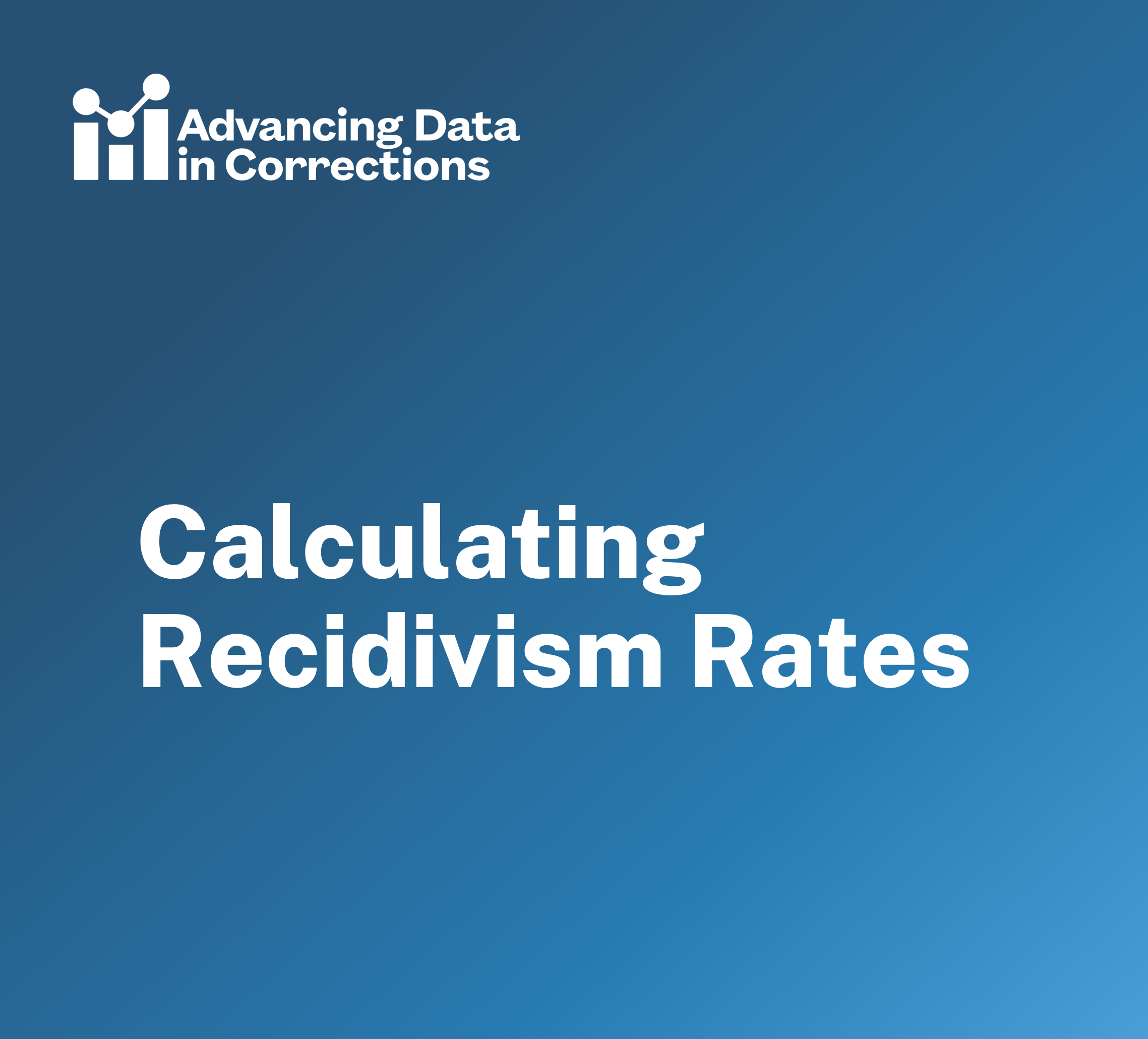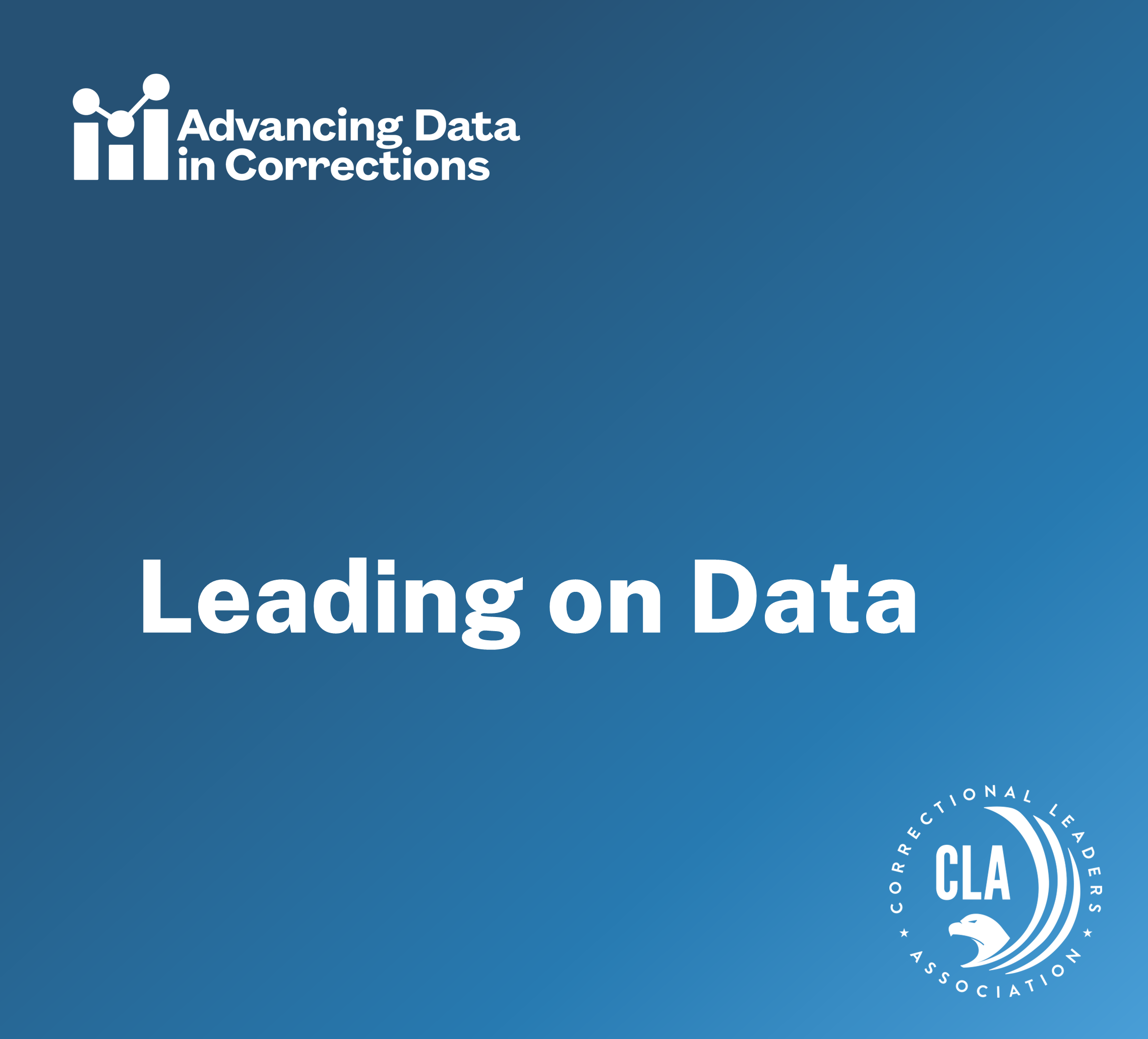Description
This course focuses on teaching the foundational skills and concepts needed to use SQL (Structured Query Language) for querying and analyzing data in relational databases. SQL is a powerful and widely used tool for managing data, conducting basic analysis, and supporting decision-making. As a standardized language, SQL is essential for working with structured data across various platforms and industries and is commonly used in corrections settings.
Course participants will be provided with a hands-on approach to understanding SQL fundamentals and applying them to data analysis tasks relevant to corrections. The goal of this course is to help participants understand essential SQL concepts, including retrieving data, filtering and sorting records, aggregating data, and joining tables—skills that are critical for tracking case trends, evaluating institutional performance, and generating reports in a correctional environment.
Learners will engage with SQL through interactive exercises and step-by-step examples, allowing them to manipulate, analyze, and extract insights from data efficiently. The course emphasizes best practices and foundational knowledge, preparing learners to confidently use SQL in their roles as corrections analysts. By the end of the course, learners will have the necessary skills to write and execute queries, filter and aggregate data, and join multiple tables to uncover meaningful insights.
Intended Audience
This course is designed for corrections analysts who work with data but have little to no prior experience with SQL. The content is tailored to individuals responsible for querying databases, generating reports, monitoring trends, and analyzing corrections-related data to support institutional and policy decisions.
No prior programming or database experience is required. However, learners should have basic data management and analysis knowledge. Participants will need access to a SQL environment, such as PostgreSQL, SQLite, or an online SQL editor. Participants will be guided through setting up their SQL workspace as part of the course.
Learning Objectives
After completing this course, learners should be able to do the following:
- Understand the purpose and general structure of relational databases.
- Write basic SQL queries to retrieve data from a database.
- Filter and sort query results using WHERE and ORDER BY clauses.
- Aggregate and summarize data using functions such as COUNT, SUM, AVG, MIN, and MAX.
- Use joins to combine data from multiple tables.
- Apply SQL skills to real-world corrections data for reporting and analysis.
Structure
This course consists of five self-paced lessons, each focusing on a key SQL concept. Lessons should be completed sequentially and will take approximately each to finish. Each lesson includes instructional content, video demonstrations, interactive exercises, and practice problems to reinforce learning.
| Lesson |
Learning Objectives |
| 1: Introduction to SQL |
- Explain the purpose of SQL and relational databases.
- Identify key relational database components such as tables, columns, and rows.
- Write basic SELECT statements to retrieve data.
|
| 2: Filtering and Sorting Data |
- Use the WHERE clause to filter query results.
- Apply comparison and logical operators (AND, OR, NOT).
- Sort query results using ORDER BY.
|
| 3: Aggregating Data |
- Use aggregate functions such as COUNT, SUM, and AVG.
- Group data using GROUP BY and filter groups with HAVING.
- Analyze summary statistics for case records.
|
| 4: Working with Multiple Tables |
- Perform joins to combine tables.
- Understand the impact of different join types.
- Understand primary and foreign keys.
|
| 5: Applying SQL to Corrections Data |
- Use SQL to answer common corrections-related questions.
- Write queries to analyze trends and generate reports.
- Review best practices for efficient querying.
|
Resources
- W3Schools.com (Website with more in-depth SQL learning and practice)
- MySQL Cookbook, Fourth Edition
Estimated Time to Complete
2.5 hours








